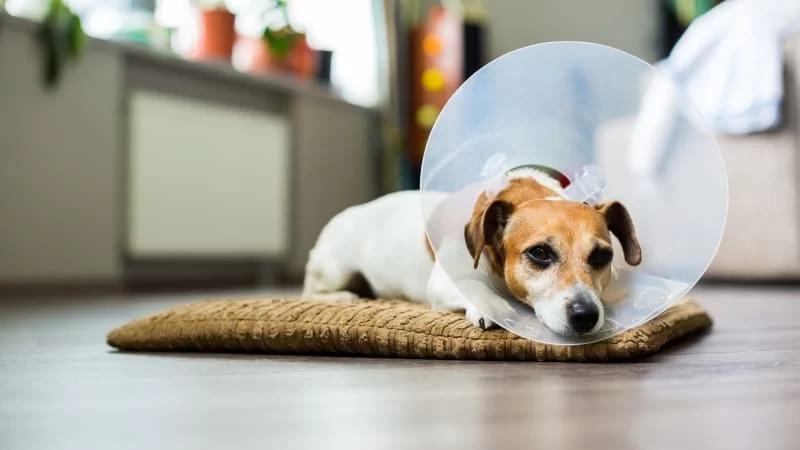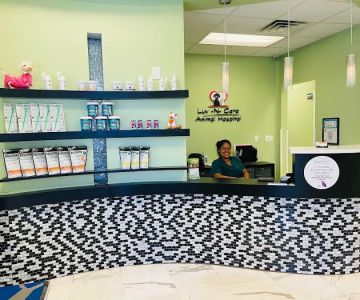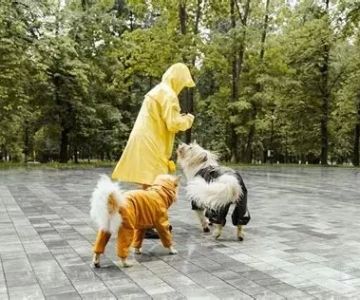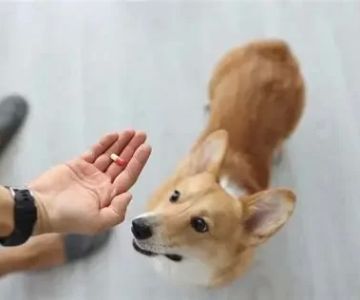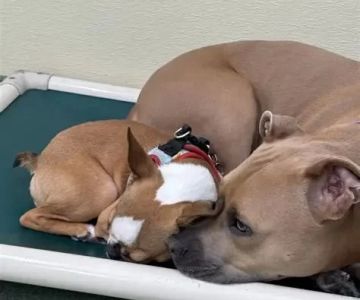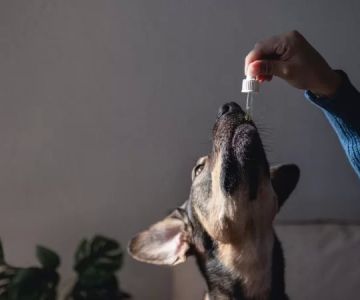- Why Post-Surgery Care is Important for Your Dog
- Creating the Right Environment for Recovery
- How to Monitor Your Dog’s Health During Recovery
- Managing Pain and Medications After Surgery
- Encouraging Rest and Limiting Activity
- Ensuring Proper Nutrition and Hydration
- When to Contact the Veterinarian
Why Post-Surgery Care is Important for Your Dog
When your dog undergoes surgery, their recovery process is crucial to ensure they heal properly and don’t develop complications. Post-surgery care is just as important as the surgery itself. A smooth recovery can reduce the risk of infections, minimize pain, and restore your dog’s health more quickly. Taking proactive steps to care for your dog after surgery will help them regain their normal activity levels and comfort.
Every dog is different, and the level of care they require may vary depending on the type of surgery. Whether your dog is recovering from a routine spay/neuter procedure or a more complex surgery, giving them the attention they need during the recovery period is essential for their well-being.
Creating the Right Environment for Recovery
Your dog’s recovery environment plays a significant role in their healing process. Here’s how you can set up a safe and comfortable space:
1. Quiet and Calm Space: Set up a quiet area for your dog where they can rest undisturbed. Keep them away from the hustle and bustle of daily life, including other pets and small children. This will help them feel secure and minimize stress.
2. Comfortable Bedding: Provide soft, clean bedding for your dog. Ensure it’s easy for them to get in and out of, especially if they’re recovering from surgery on their legs or joints.
3. Safe, Contained Area: Consider using a crate or playpen to limit your dog’s movement and prevent them from jumping or running. This is particularly important if your dog had surgery on their legs or abdomen. Limiting movement helps avoid straining the incision site.
How to Monitor Your Dog’s Health During Recovery
Monitoring your dog’s health during their recovery period is essential to catch any complications early. Here’s what you should look for:
1. Surgical Site Care: Regularly check the incision site for signs of infection. Look for redness, swelling, discharge, or unusual warmth around the incision. If you notice any of these signs, contact your veterinarian immediately.
2. General Behavior: Watch for any changes in behavior. If your dog is excessively lethargic, refuses to eat or drink, or shows signs of pain such as whining or licking the surgical site, it may indicate a problem.
3. Temperature Monitoring: Keep an eye on your dog’s body temperature. A fever (over 102°F or 39°C) could be a sign of infection. If you notice a persistent fever, reach out to your veterinarian for guidance.
Managing Pain and Medications After Surgery
After surgery, your dog may experience some pain or discomfort. It’s essential to follow your veterinarian’s instructions for managing pain and administering medications:
1. Pain Medication: Most dogs will need pain medication after surgery to help manage discomfort. Never give your dog human painkillers, as they can be toxic to pets. Always use the prescribed medication and follow the dosage instructions carefully.
2. Monitor for Side Effects: Be aware of any side effects from the medication, such as vomiting, diarrhea, or changes in behavior. If you notice anything unusual, consult your vet immediately.
3. Prevent Licking and Chewing: After surgery, dogs often try to lick or chew the surgical site, which can lead to infections. Consider using an Elizabethan collar (cone) to prevent this behavior. You can also try a soft collar as a more comfortable alternative.
Encouraging Rest and Limiting Activity
Rest is essential for your dog’s recovery, but it’s also important to limit their physical activity to prevent any strain on the healing surgical site. Here’s how you can encourage rest:
1. Avoid Exercise: Restrict your dog’s activity levels during the recovery period. Avoid walks, running, and jumping until your veterinarian clears your dog for normal activity.
2. Controlled Bathroom Breaks: While your dog needs to go outside for bathroom breaks, keep these outings short and controlled. Use a leash to prevent your dog from running or jumping during their recovery.
3. Positive Reinforcement: Reward your dog for resting and following the rules during their recovery. Offering treats or praise can encourage them to relax and avoid too much activity.
Ensuring Proper Nutrition and Hydration
Proper nutrition and hydration are essential for your dog’s healing process. Here’s how you can support your dog’s recovery through diet:
1. Balanced Diet: Ensure your dog is eating a balanced diet with all the necessary nutrients to support healing. Your veterinarian may recommend a special post-surgery diet to help with recovery, especially if your dog had surgery on their digestive system.
2. Hydration: Encourage your dog to drink plenty of water to stay hydrated. Dehydration can slow down the healing process, so make sure fresh water is always available.
3. Small, Frequent Meals: If your dog has a reduced appetite, try offering smaller meals more frequently throughout the day. This can help ensure they’re getting enough nutrients without overwhelming them.
When to Contact the Veterinarian
Even with the best care, complications can arise after surgery. It’s important to know when to contact your veterinarian:
1. Signs of Infection: If you notice redness, swelling, or discharge from the incision site, or if your dog develops a fever, it may be a sign of infection.
2. Changes in Behavior: If your dog is showing signs of excessive pain, refusing to eat or drink for more than 24 hours, or seems unusually lethargic, contact your vet immediately.
3. Difficulty Moving or Breathing: If your dog has difficulty moving, is limping, or seems to be struggling to breathe, these could be signs of complications that need urgent attention.
At Hidden Brook Veterinary, we’re here to support you and your pet through every stage of their recovery. If you need guidance or help during your dog’s healing process, don’t hesitate to reach out to us for expert advice and care.

